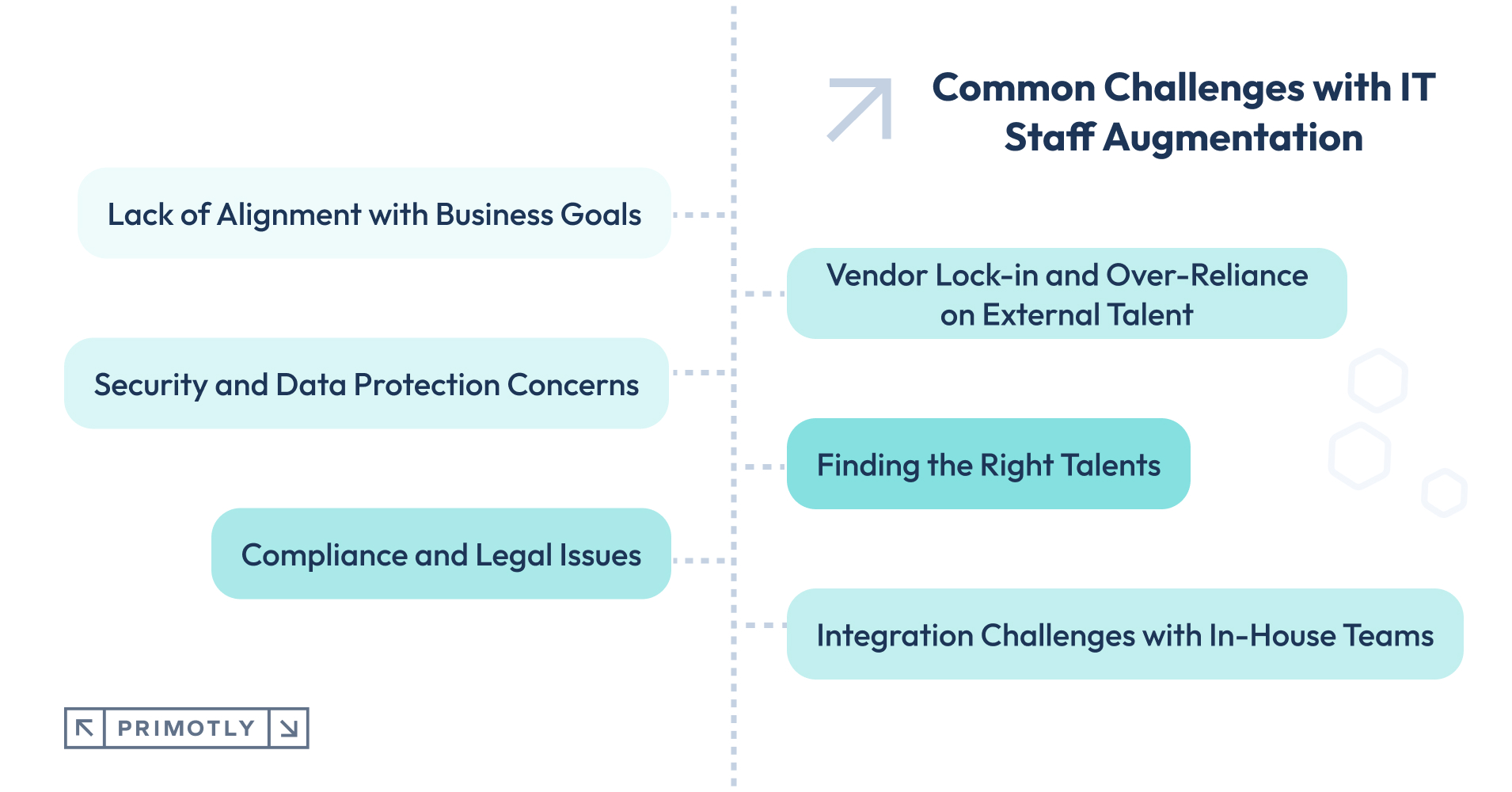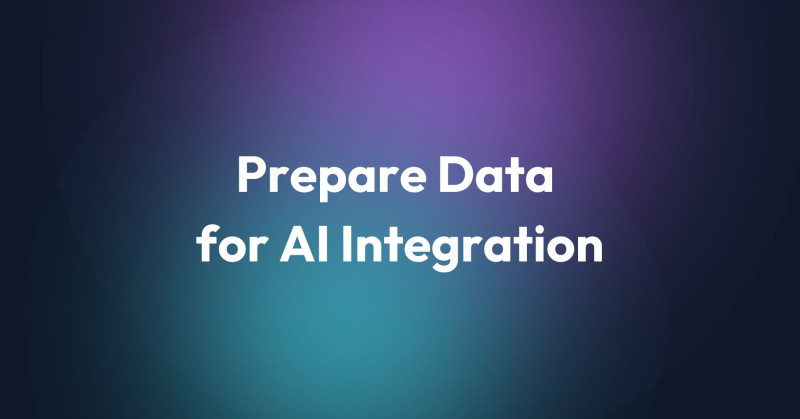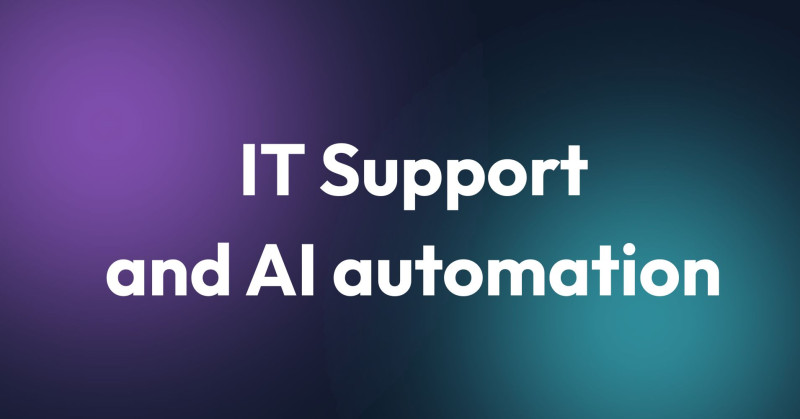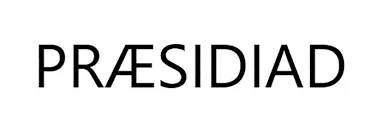Staff augmentation has become a key strategy for IT leaders looking to scale development teams quickly, access specialized skills, and optimize costs without committing to full-time hires. However, with these benefits come specific risks—from operational inefficiencies to data security vulnerabilities and compliance challenges.

In this article, we will break down the key risks associated with IT staff augmentation and provide practical strategies to mitigate them, ensuring a smooth, secure, and effective collaboration with external IT specialists.
Key Risks in IT Staff Augmentation and How to Mitigate Them
While IT staff augmentation provides flexibility and access to specialized talent, it also introduces certain risks that can impact business continuity, productivity, and team efficiency. Below, we outline the most critical risks and practical strategies to mitigate them.
Lack of Alignment with Business Goals
One of the most common challenges in staff augmentation is ensuring that external developers understand the company’s objectives, technical requirements, and work culture. Without proper alignment, augmented teams may produce work that doesn’t meet expectations, leading to inefficiencies, project delays, and communication breakdowns.
Strategies for mitigation:
Define clear KPIs and deliverables before onboarding external developers.
Choose vendors who have experience in your industry and technology stack to minimize onboarding time.
Conduct structured onboarding sessions to familiarize external team members with company goals, workflows, and tools.
Security and Data Protection Concerns
IT contractors often need access to sensitive company data, infrastructure, and proprietary codebases, increasing the risk of data breaches, IP theft, and unauthorized access. Companies that fail to implement robust security measures may expose themselves to compliance violations and reputational damage.
Strategies for mitigation:
Implement strict access control policies, following the principle of least privilege (granting access only when necessary), to protect sensitive data during outsourcing.
Use VPNs, encrypted communication channels, and multi-factor authentication to enhance security.
Sign strong NDAs and confidentiality agreements with external developers.
Conduct regular security audits and ensure that all team members—internal and external—undergo cybersecurity training.
Compliance and Legal Issues
Hiring external IT specialists from different countries brings legal and compliance complexities, including employment laws, tax regulations, and data protection policies. Mismanagement in this area can lead to costly fines, legal disputes, or intellectual property (IP) conflicts.
Strategies for mitigation:
Work with a staff augmentation provider that ensures legal compliance in hiring, contracts, and taxation.
Clearly define intellectual property (IP) ownership in contracts to prevent future disputes.Stay updated on CSDR, GDPR, HIPAA, or other industry-specific regulations to ensure compliance when working with offshore talent.
Integration Challenges with In-House Teams
A major risk in IT staff augmentation is poor collaboration between external developers and in-house teams. When augmented staff work in silos, it can lead to miscommunication, duplicated efforts, and inefficiencies.
Strategies for mitigation:
Use agile methodologies and collaboration tools (Jira, Slack, Confluence) to create a unified workflow.
Assign a dedicated team lead responsible for ensuring smooth coordination between in-house and external teams.
Schedule regular stand-ups, code reviews, and progress reports to keep both teams aligned.
Vendor Lock-in and Over-Reliance on External Talent
Companies that become too dependent on external IT specialists without a transition plan may find it difficult to regain control over software development projects. If an augmentation partner is suddenly unavailable, or if a developer leaves, companies risk losing critical knowledge and disrupting ongoing development.
Strategies for mitigation:
Establish comprehensive documentation and knowledge-sharing processes to ensure smooth transitions and meet project deadlines.
Encourage skill transfer by rotating key roles between in-house and external developers.
Keep a hybrid team structure, where core knowledge is retained internally while external teams provide additional capacity.

Key Benefits of Staff Augmentation
Staff augmentation offers numerous benefits, making it an attractive solution for companies needing specialized expertise. Some of the key benefits include:
Access to specialized skills: Augmented staff often bring niche expertise that may not be available in-house.
Cost efficiency: Staff augmentation lets businesses scale teams without the long-term costs associated with full-time employees.
Flexibility and scalability: The staff augmentation model enables organizations to adjust workforce size based on project needs.
Reduced hiring time: Businesses can quickly fill skill gaps and access talent without lengthy recruitment processes.
Business continuity: Ensuring that augmented staff integrate seamlessly into existing teams helps maintain operational efficiency.
Best Practices for Secure and Effective IT Team Augmentation
To fully leverage the benefits of IT staff augmentation while mitigating risks, companies must implement best practices in risk management, legal compliance, and workforce integration. We have another article on our blog, dedicated entirely to the topic of the best practices for IT staff augmentation.
Below we are summarizing the most important informations to ensure a smooth and secure staff augmentation process.
Clear Communication and Business Alignment
A successful staff augmentation strategy begins with clear communication between in-house teams and external staff. Augmented staff must align with business goals and project expectations to ensure seamless collaboration. To achieve this:
Clearly define roles, responsibilities, and deliverables before onboarding augmented staff members.
Establish structured communication channels using project management and collaboration tools to establish clear project requirements.
Foster a collaborative environment where augmented staff can integrate with in-house teams effectively to enhance overall productivity.
Robust Security Measures and Risk Mitigation
Security risks and data breaches are among the most significant risks associated with IT staff augmentation. Companies must adopt strong risk management policies to protect sensitive data and intellectual property. Key security measures include:
Implementing access control policies to ensure that augmented staff have only the necessary permissions.
Using encryption, VPNs, and multi-factor authentication to secure sensitive information.
Conducting regular risk assessments and security audits to identify and mitigate potential risks.
Ensuring that external staff undergo cybersecurity training and adhere to internal information security policies.
Legal and Compliance Safeguards
One of the key benefits of staff augmentation is access to specialized skills without the legal complexities of hiring full-time employees. However, companies must ensure compliance with employment laws and intellectual property rights. Strategies for mitigating legal risks include:
Partnering with a reputable staff augmentation services provider that ensures compliance with labor laws and tax regulations can be a cost-effective solution.
Clearly defining intellectual property ownership and confidentiality agreements in contracts.
Keeping documentation of all agreements to protect against legal disputes.Conducting periodic reviews of legal frameworks relevant to offshore staff augmentation.
Integration with In-House Teams
Staff augmentation allows businesses to scale operations efficiently, but augmented staff may face challenges in integrating with existing teams, leading to potential misunderstandings. To foster a smooth transition:
Assign dedicated team leads to bridge the gap between in-house staff and augmented staff members.
Use workforce management software to track performance, monitor collaboration, and streamline workflows.
Provide onboarding sessions and training to ensure that augmented staff understand company culture and operational processes.
Encourage knowledge sharing to retain expertise within the organization.
Selecting the Right Staff Augmentation Provider
The choice of a staff augmentation vendor significantly impacts the success of the augmentation process. When selecting a provider, businesses should:
Evaluate the provider’s experience, reputation, and ability to deliver skilled professionals in information technology.
Assess their risk management policy, security measures, and compliance with international regulations.
Ensure they offer flexible engagement models that align with business needs.
Strategies to Mitigate Risks - Summary
IT staff augmentation has become a key strategy for businesses seeking agility, cost efficiency, and access to specialized skills. However, as with any workforce model, it comes with inherent risks that must be proactively managed. Organizations that invest in clear communication, security measures, legal compliance, and seamless integration can mitigate these risks while maximizing operational efficiency.
By implementing a structured approach to risk management and choosing the right staff augmentation provider, businesses can scale their teams with confidence, maintain control over their projects, and safeguard sensitive data. With the right strategies in place, IT staff augmentation not only fills critical skill gaps but also strengthens long-term business resilience and innovation.
As the demand for specialized IT talent continues to grow, companies that adopt best practices in staff augmentation will gain a competitive edge, ensuring sustainable growth and successful project execution.





















